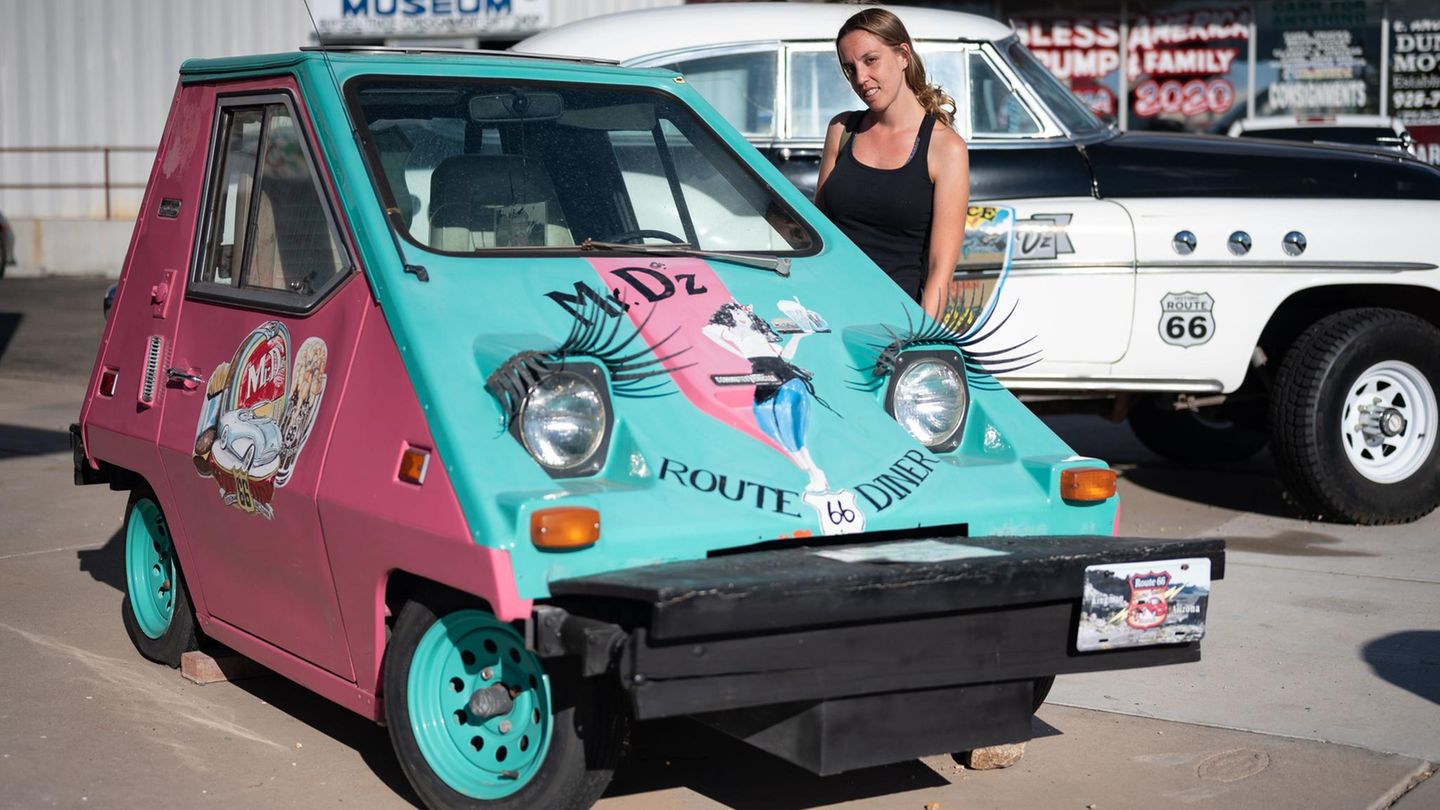Drive
1881 until today: The history of the electric car is longer than expected
Copy the current link
Add to the memorial list
Electric vehicles are not a phenomenon of modernity. The first prototypes rolled away from the then common horse -drawn carriages over 140 years ago. A journey through time.
The wave of modern electric cars, which we have been perceiving as a drive turn for several years, is by no means a new phenomenon. Already over 140 years ago – and thus before developing the combustion engines – well -known inventors work on batteries and electric motors. It was less than 20 years from the first electro-hike 1881 to the first record car that broke through the 100 km/h wall. More and more electrical means of transportation followed. Until it was over.
Due to ever better roads and long -distance connections, cheap oil and mass production of cars with combustion engines, the electricity of the time is becoming increasingly important. Comfort also had to do with it: the first combustion engines were also not popular because they had to be laboriously boosted them. A bone job that not every driver – every driver – was up to. But when the electrical starter entered, this big problem was off the table.
The advantages of the combustion engines made life difficult for the remaining electric vehicles: they drove on, drove faster and were much cheaper. Everything that drove with a battery was reduced to use as a milk car, van in halls or short -distance vehicle for individualists. The first high phase was history in the Roaring Twenties at the latest.
Burners defeated electric cars
Again and again there were little attempts to make electromobility tasty, but nothing really arrived against the combustion engines. Whenever there was an oil crisis, the topic was briefly interesting again, only to be forgotten again.
For a long time, the manufacturers also locked themselves off new electric cars. A sad example is General Motors EV1, which ultimately failed due to a very controversial company policy of the Americans and did not get a real chance despite great popularity. BMW also suddenly stamped a promising e-concept in the nineties.
Only about 12 years ago when the Tesla Model S came onto the market that the real second spring for electric cars began. In the meantime, the vehicles are indispensable – partly because of political efforts, but certainly also because the drives offer many advantages.
It will be shown whether electric cars also win the second big fight against the combustion engines. Many a group, including Daimler, for example, cannot really commit themselves at least at the moment. This is also due to a renewed decline in the interest of the customer. This time, however, it feels as if electric cars have finally come to stay.
Source: Stern
I’m a recent graduate of the University of Missouri with a degree in journalism. I started working as a news reporter for 24 Hours World about two years ago, and I’ve been writing articles ever since. My main focus is automotive news, but I’ve also written about politics, lifestyle, and entertainment.





